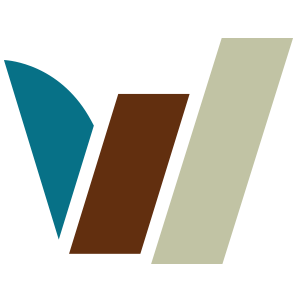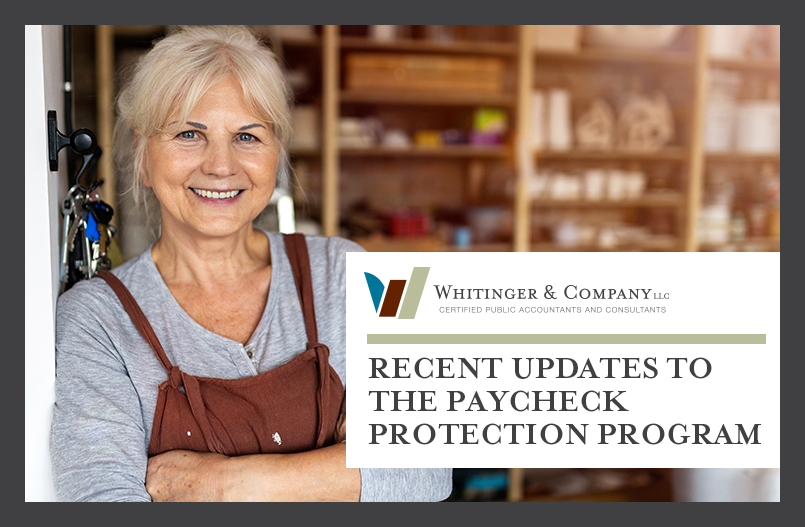There have been several recent legislative and administrative changes to the (PPP) Paycheck Protection Program. What does all this mean for you and your business? Whitinger & Company has summarized some of the most useful information in this brief overview in which we will address:
- Second Draw PPP Loans
- First Draw PPP Loans
- PPP Loan Forgiveness
Second Draw PPP Loan
- General eligibility
- Previously received a First Draw PPP Loan and will or has used the full amount only for authorized uses
- Has no more than 300 employees, but exceptions apply
- Can demonstrate at least a 25% reduction in gross receipts between comparable quarters in 2019 and 2020
- Affiliate rules apply in determining the number of employees and 25% reduction in gross receipts
- Maximum loan amount
- 5 times average monthly 2019 or 2020 payroll costs up to $2 million
- For accommodation and foodservice businesses, 3.5 times average monthly 2019 or 2020 payroll costs up to $2 million
- The deadline to apply is March 31, 2021
First Draw PPP Loan
- General eligibility
- 500 or fewer employees, but exceptions apply
- Affiliate rules apply in determining the maximum loan amount and number of employees
- In operation on February 15, 2020, but exceptions apply for seasonal businesses
- Loan increases for existing borrowers
- May reapply for a First Draw PPP Loan if previously returned some or all of the First Draw PPP Loan
- May request to modify First Draw PPP Loan amount if previously did not accept the full amount for which eligible
- Seasonal employers may request an increase if the alternative calculation results in a higher loan amount
- Maximum loan amount
- 5 times average monthly 2019 or 2020 payroll costs up to $10 million
- The deadline to apply is March 31, 2021
PPP Loan Forgiveness
- First and Second Draw PPP Loans are eligible for full forgiveness if during the 8- to 24-week covered period following the loan disbursement:
- Employee and compensation levels are maintained,
- The loan proceeds are spent on payroll and other eligible expenses; and
- At least 60% of the proceeds are spent on payroll costs
- Loan forgiveness is not taxable and expenses paid with loan proceeds are fully deductible
- The loan forgiveness amount is not reduced by the amount of any EIDL Advance Grant received
- Many exceptions apply to the requirement to maintain employee and compensation levels
- Eligible expenses include:
- Payroll costs
- Interest payments on business mortgage obligations incurred before February 15, 2020
- Payments on rent obligations under a lease agreement in force before February 15, 2020
- Business utility payments for services that began before February 15, 2020
- Covered operations expenditures for business software or cloud computing service that facilitates:
- Business operations
- Product or service delivery
- Processing, payment, or tracking of payroll expenses
- Human resources
- Sales and billing functions
- Accounting or tracking of supplies, inventory, records, and expenses
- Costs related to property damage and vandalism or looting due to public disturbances not covered by insurance or other compensation
- Covered supplier costs
- Covered worker protection expenditures
- Simplified forgiveness application for loans under $150,000
- Separate loan forgiveness applications are required for First and Second Draw PPP Loans
For more information, contact your Whitinger associate or visit the U.S. Department of the Treasury website.
The Whitinger team remains available to advise you throughout this situation. Please do not hesitate to reach out if you have questions or would like to discuss this new guidance.
We are here and ready to help.



